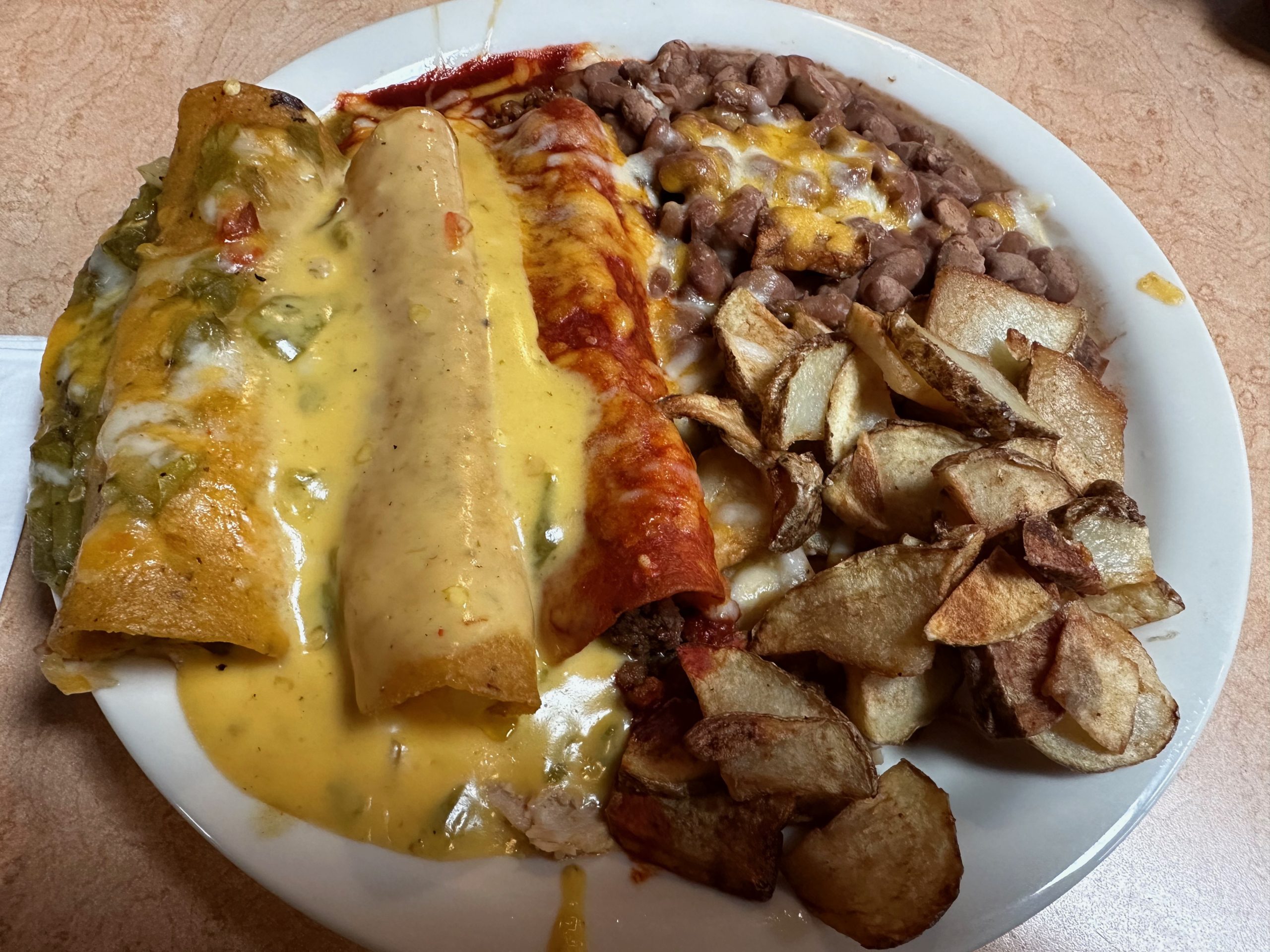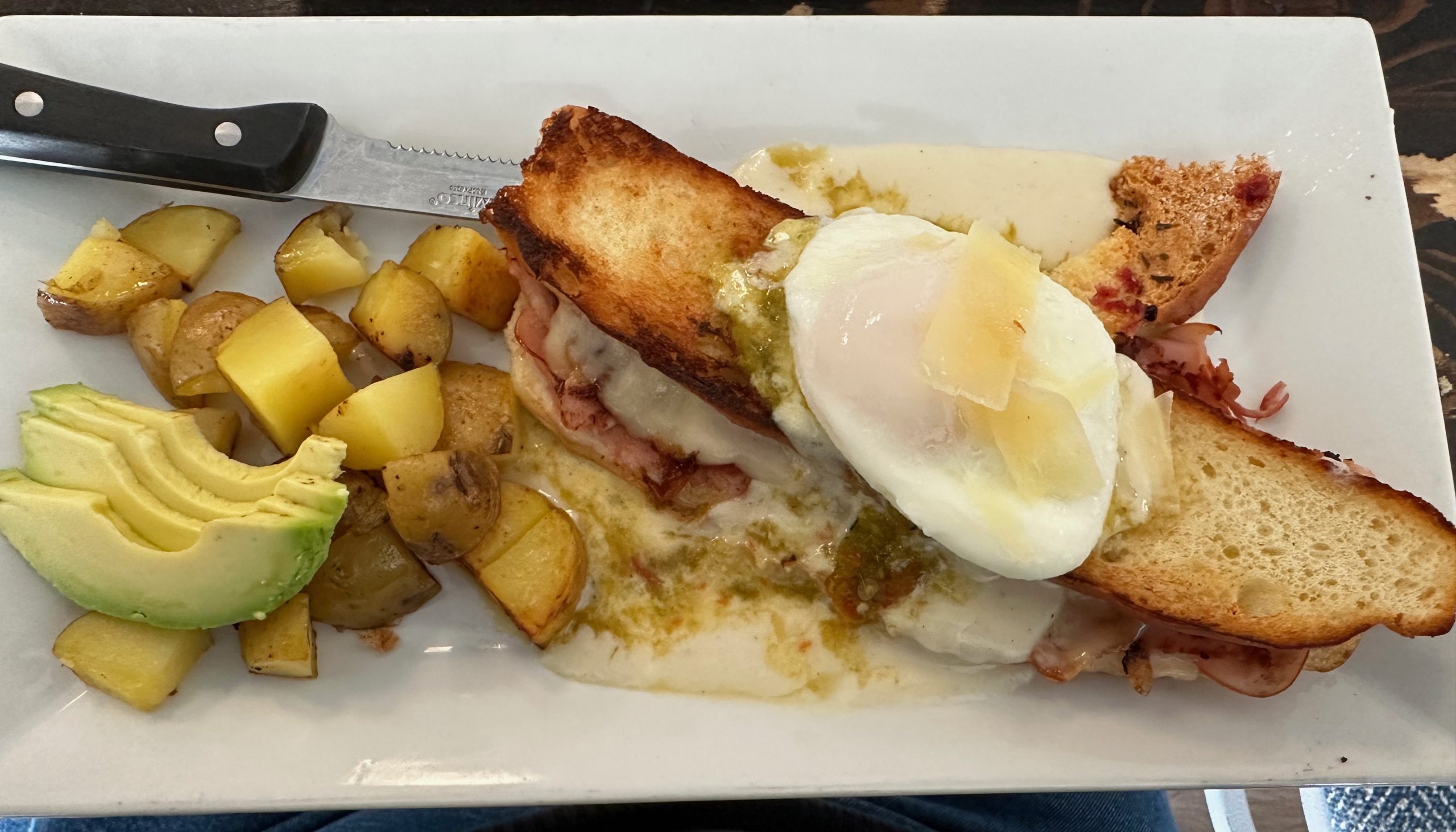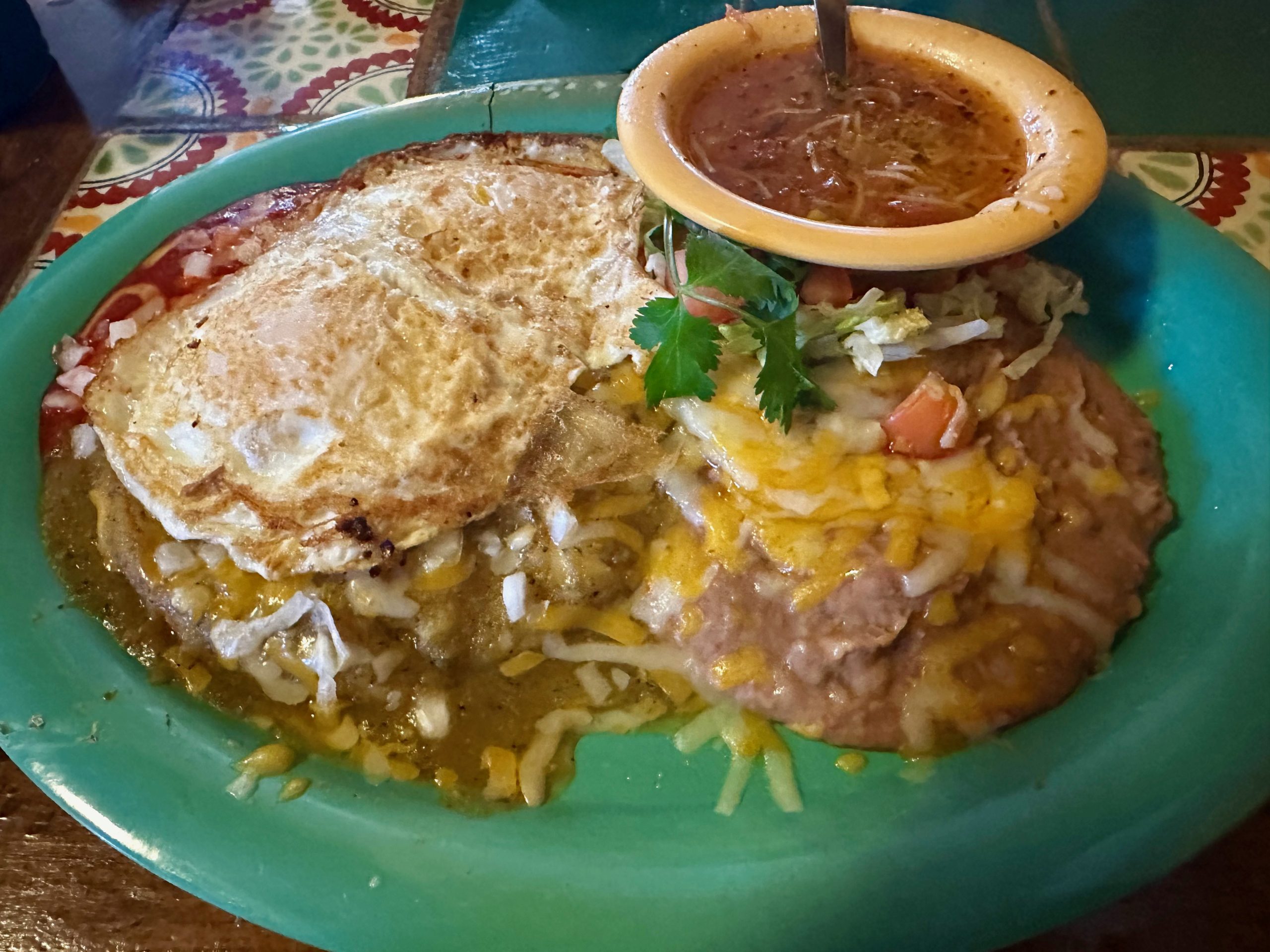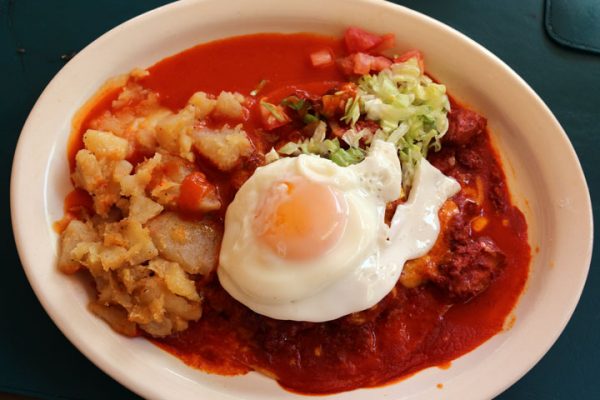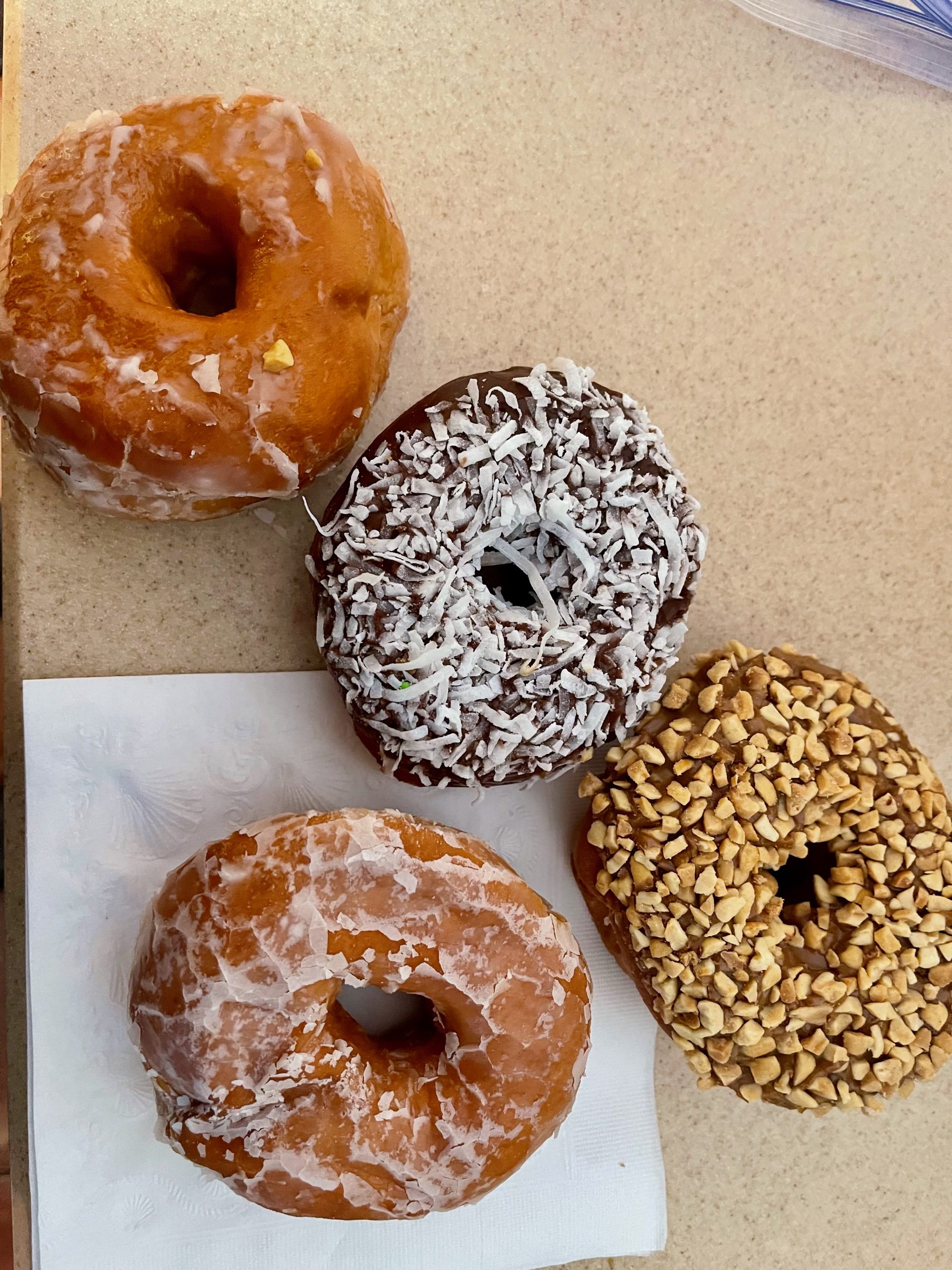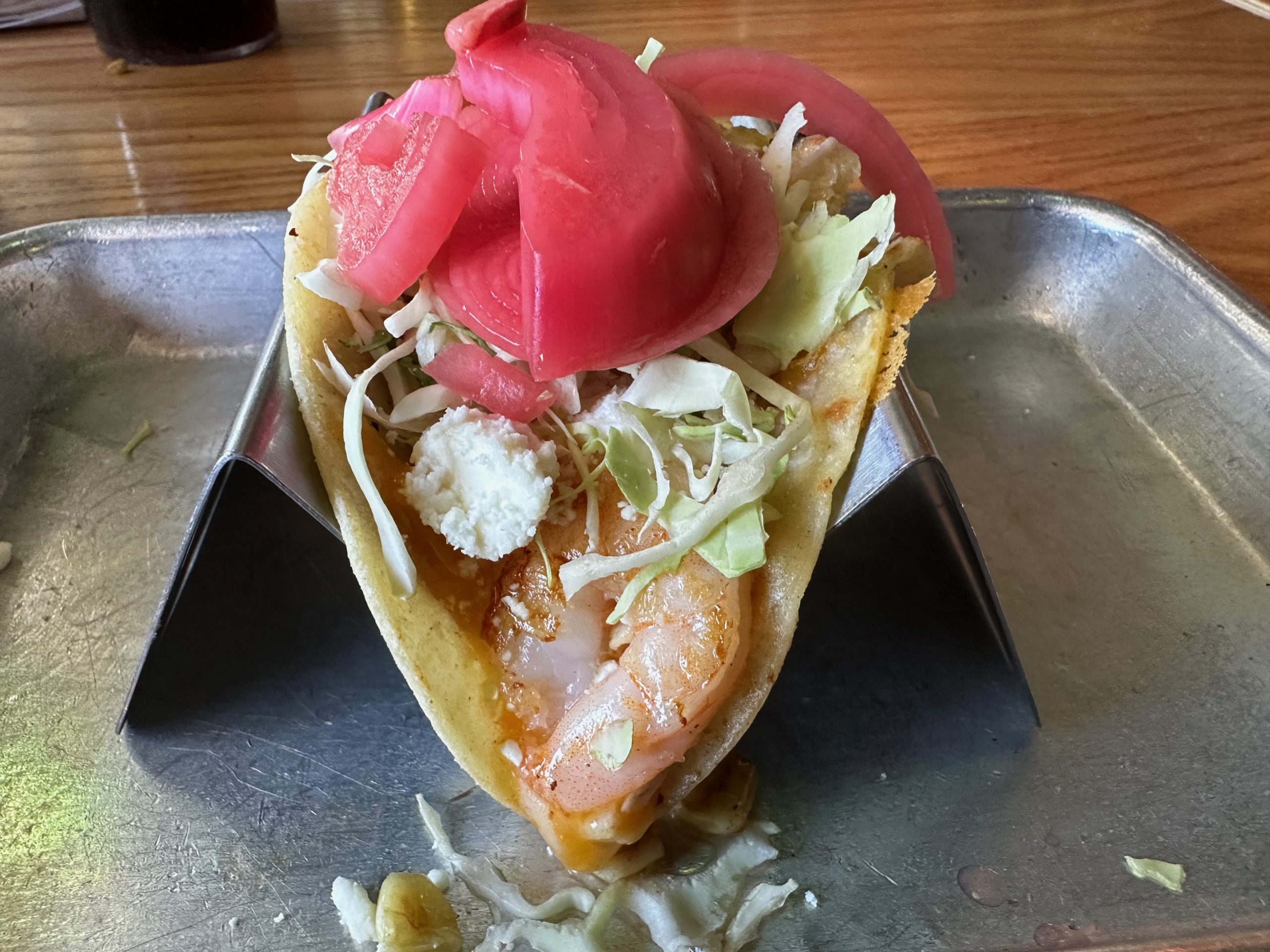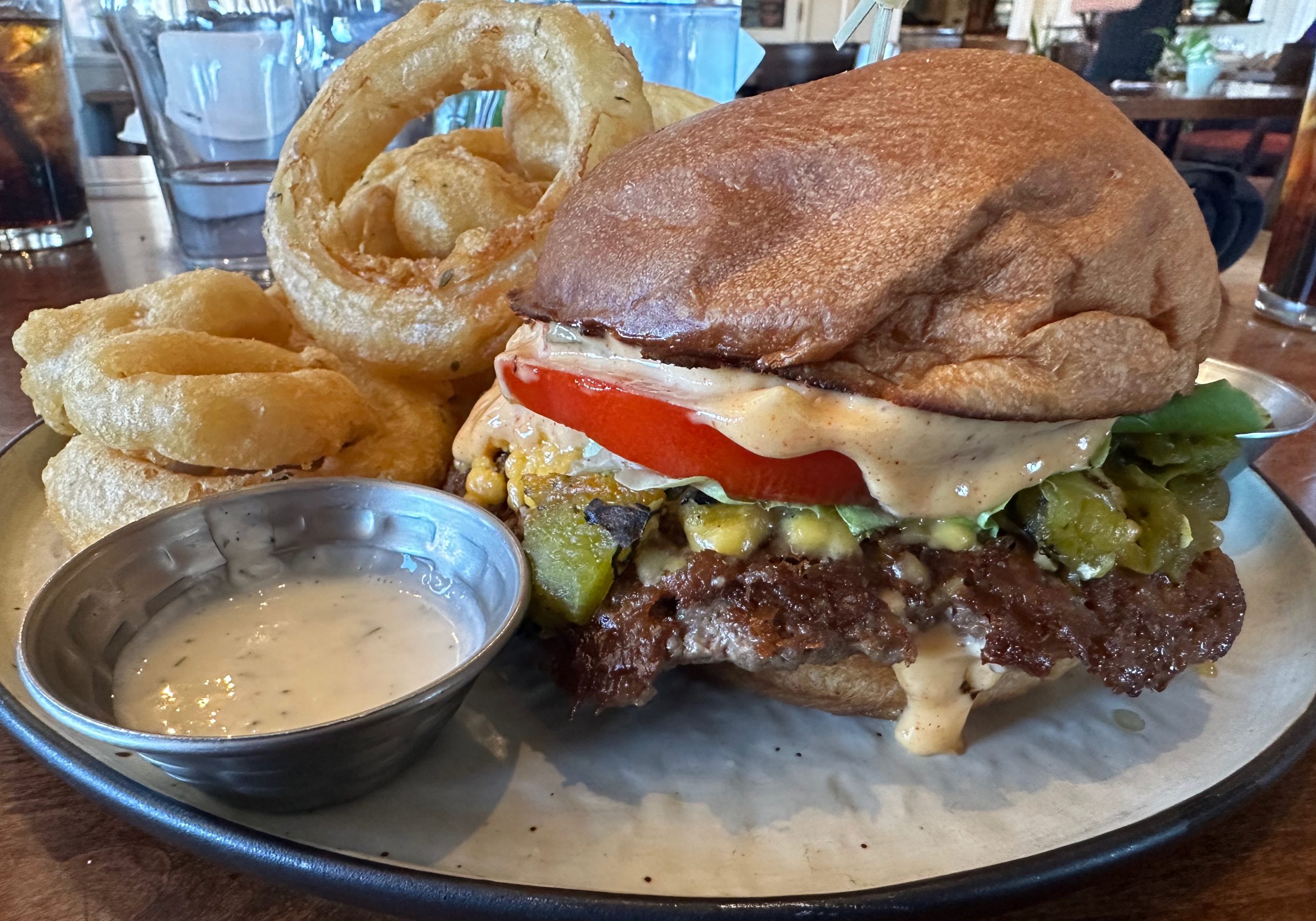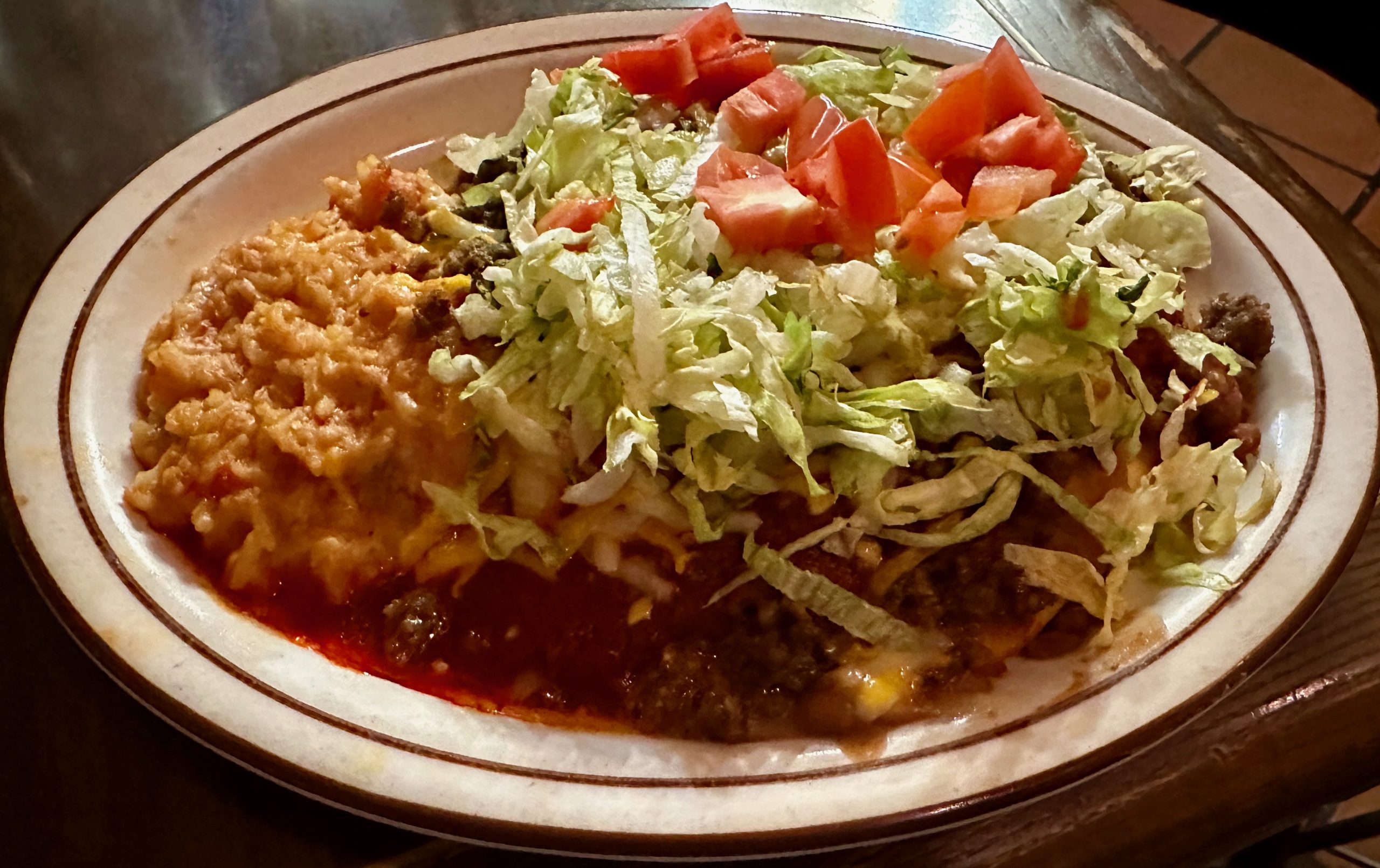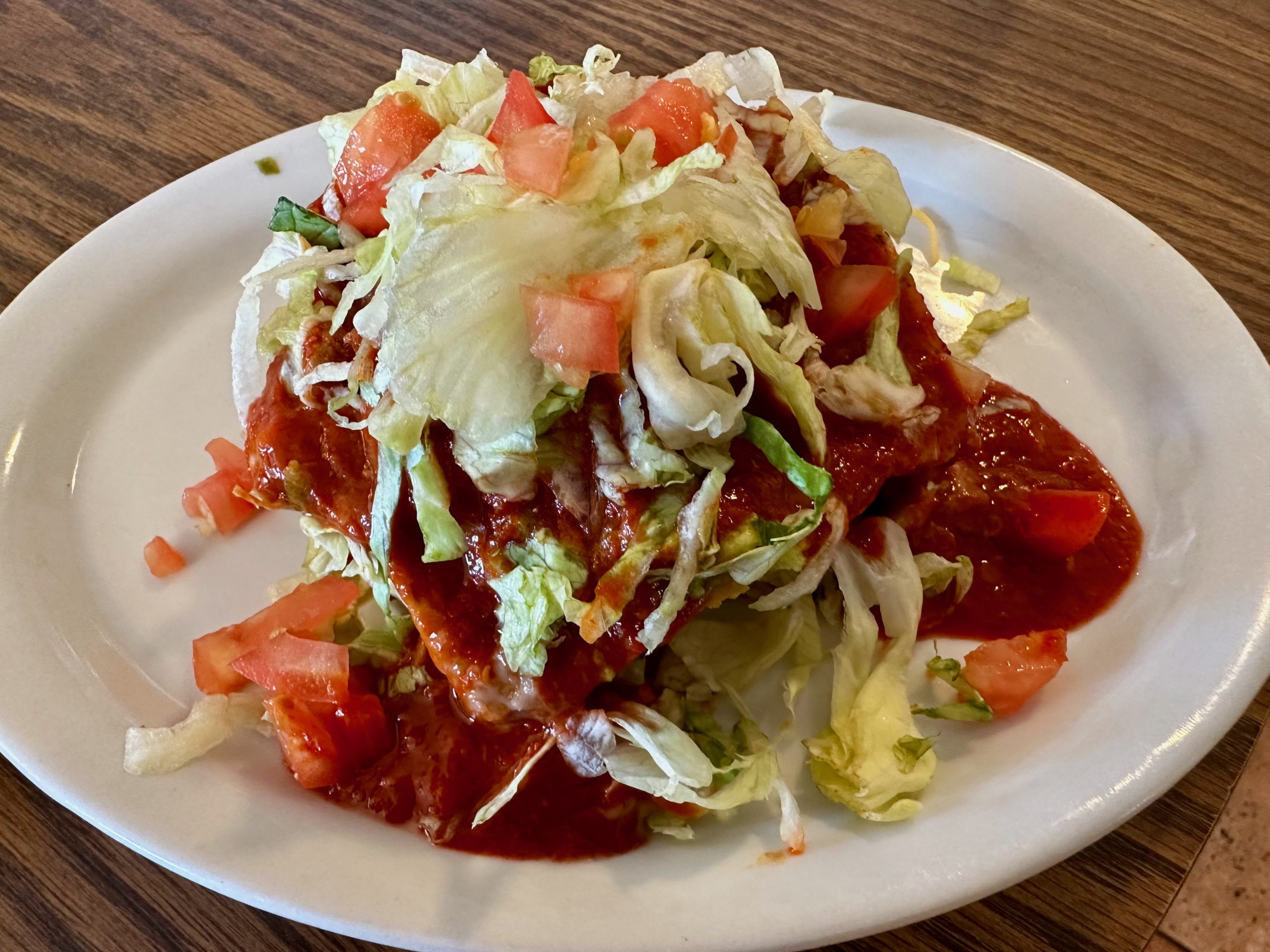Hot Tamales – Rio Rancho, New Mexico
While the word tamale is most certainly Spanish, its derivation is from the Nahuatl word tamalli. Tamallis were developed as a portable ration carried by war parties in pre-Columbian North America and were as common and varied as the sandwich is today. One commonality among tamalli then and tamales today, is the corn meal dough (masa) which is made through a process called “nixtamalization.” In pre-Colombian times, the process involved using wood ashes to soften field corn for easier grinding. Today this is done by slaking lime. Interestingly, nixtamalization not only softens field corn, it aids in digestibility and increases the nutrients absorbed by the human body. Though the fundamental component of the tamale remains masa, fillings for this delicious…
